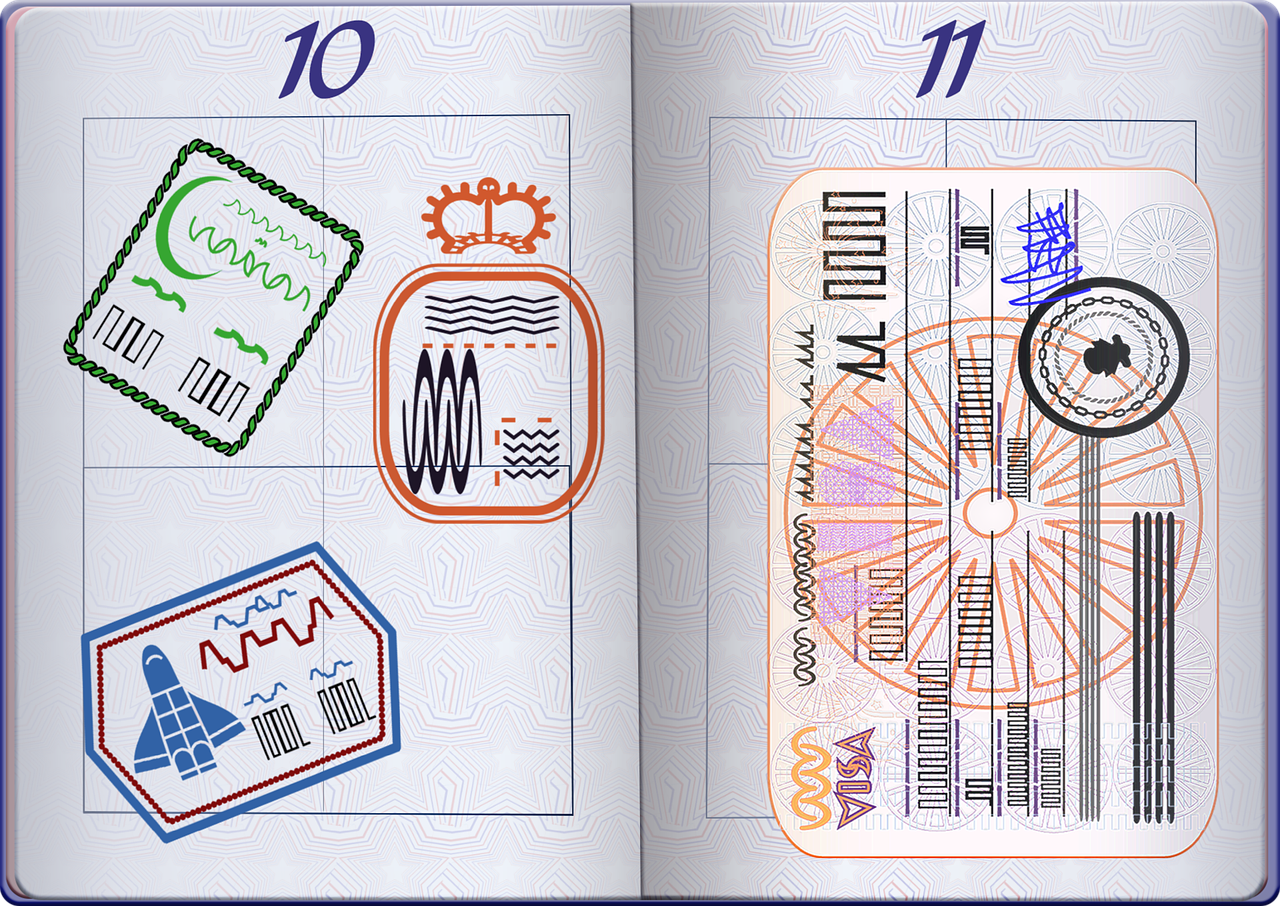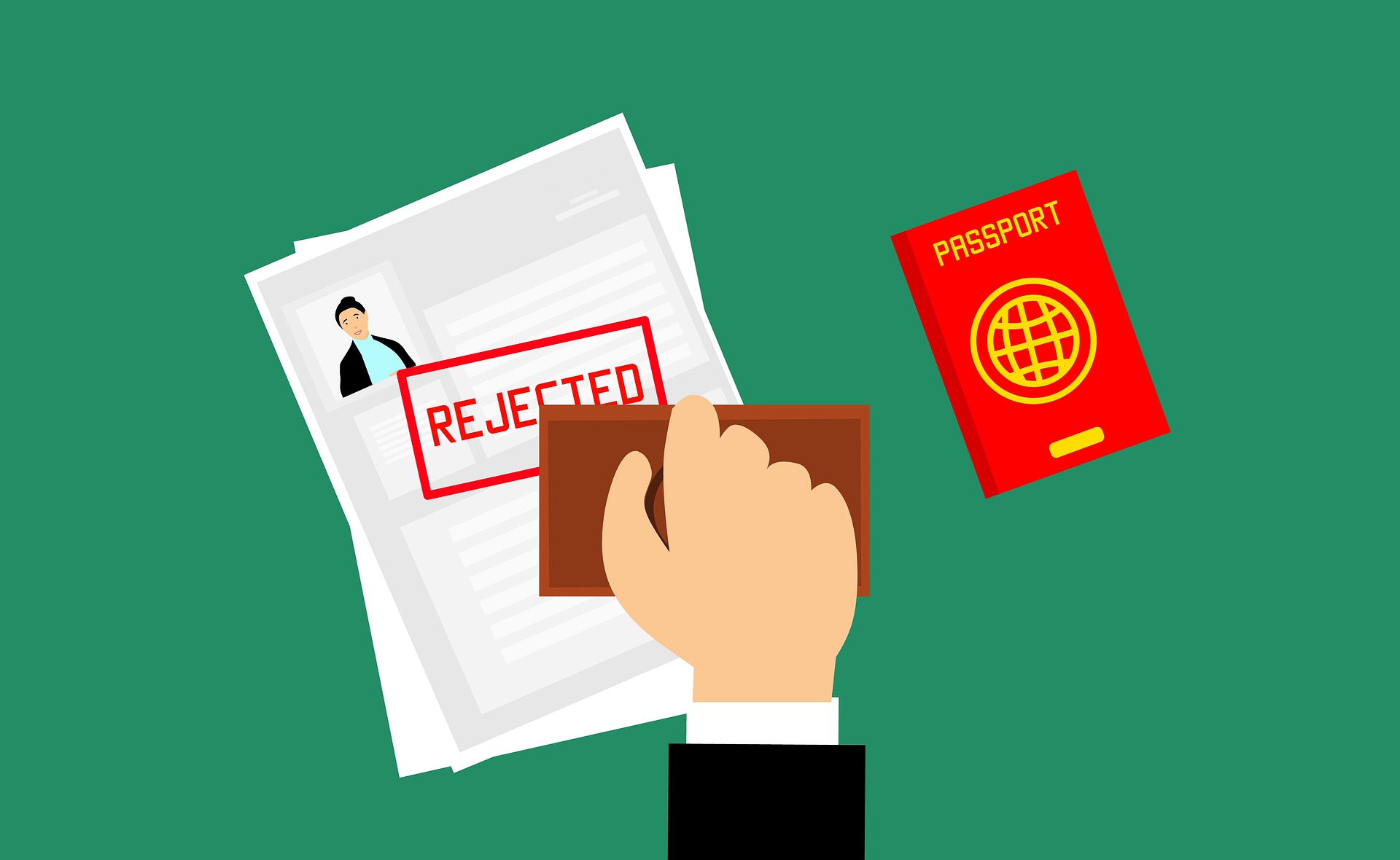Great news! The Department of State has released the visa bulletin for August 2020 outlining the availability of immigrant visa numbers for the upcoming month.
NOTE: Adjustment of Status Filing Charts August 2020
For Family-Sponsored Filings:
In the F2A category, there is a cutoff date on the Dates for Filing chart. However, the category is “current” on the Final Action Dates chart. This means that applicants in the F2A category may file using the Final Action Dates chart for August 2020.
For all the other family-sponsored preference categories, you must use the Dates for Filing chart in the Department of State Visa Bulletin for August 2020.
For Employment-Based Preference Filings:
For all employment-based preference categories, you must use the Final Action Dates chart in the Department of State Visa Bulletin for August 2020.
August Visa Bulletin Cutoff Dates
Employment Based Categories
According to the Department of State’s August Visa Bulletin, the following cutoff dates will apply for the issuance of an immigrant visa for employment-based categories:
- EB-1: All countries remain current during the month of August except for China and India. EB-1 China will advance by almost six months to February 8, 2018, while EB-1 India will advance by nine months to February 8, 2018.
- EB-2: All countries except EB-2 China and India remain current. EB-2 China will advance by more than two months to January 15, 2016, and EB-2 India will remain at July 8, 2009.
- EB-3 Professional and Skilled Workers: All countries except EB-3 India and China will advance by almost a full year to April 1, 2019. Cutoff dates for EB-3 China will advance by almost 8 months to February 15, 2017, and for India by four months to October 1, 2009.
- EB-5: EB-5 India will remain current, joining all other countries except for EB-5 China and Vietnam. China’s cutoff date will advance by two weeks to August 8, 2015, while Vietnam’s cutoff date will advance by more than two months to July 22, 2017
 Visa Lawyer Blog
Visa Lawyer Blog













